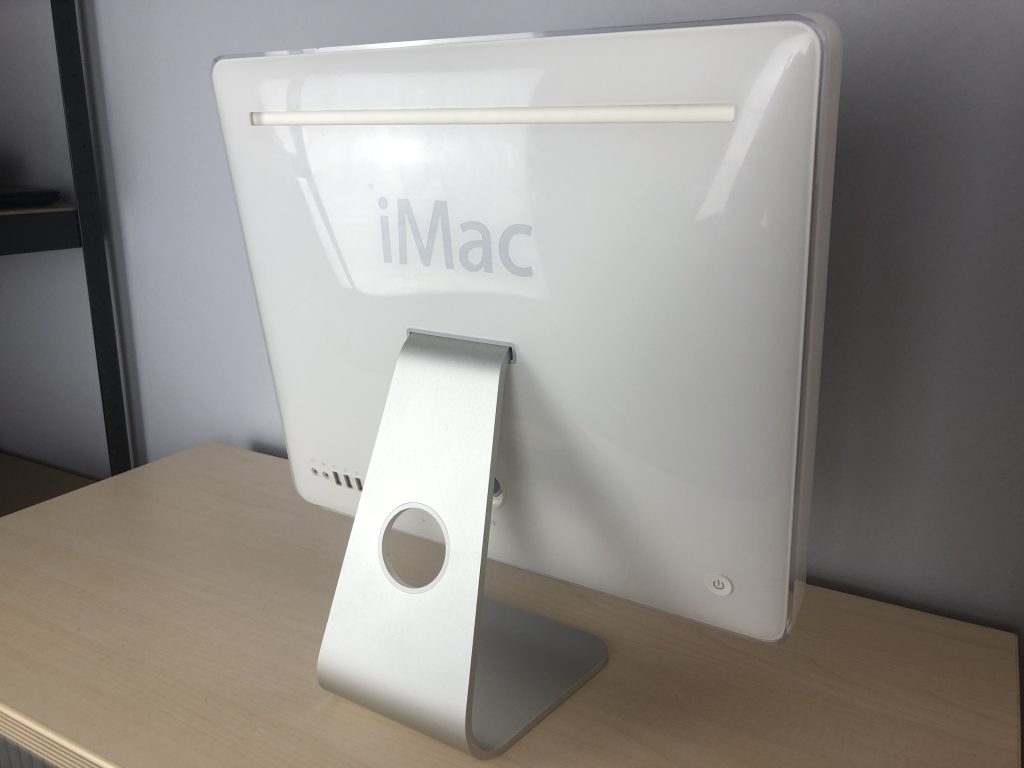Safely Transferring Files from SSD to Hard Drive: What You Need to Know
When it comes to managing storage on your computer, particularly in a prebuilt PC with both a solid-state drive (SSD) and a traditional hard drive (HDD), you might find yourself looking for ways to optimize performance. A common scenario involves utilizing your SSD for gaming, while designating your HDD for other files. However, one crucial question arises: Can you safely copy operating files, such as Windows and Program Files, from your SSD to your hard drive without risking the functionality of your PC?
Understanding the Risks
First and foremost, it is essential to clarify that simply transferring operating system files or application directories from your SSD to your hard drive is not advisable. The Windows operating system, along with crucial program files, relies heavily on being stored in specific locations on the SSD for optimal performance. Moving these files can lead to various issues, including potential system instability or failure to boot. Therefore, if your primary goal is to free up space on your SSD, it’s important to handle file transfers carefully.
Recommended Approaches to Free Up Space
Instead of transferring core operating files, consider the following strategies to manage your storage more effectively:
-
Uninstall Unused Programs: Begin by reviewing the applications installed on your SSD. If there are programs you rarely use, uninstalling them can reclaim valuable space.
-
Store Non-Essential Files on the HDD: Transfer personal files such as documents, photos, videos, and music to your hard drive. These types of files do not impact system performance as severely and are safer to relocate.
-
Utilize Storage Management Tools: Tools like Disk Cleanup can help identify unnecessary files, such as temporary files and system cache, that can be safely deleted.
-
Change Default Save Locations: Adjust your settings so that new files downloaded from the internet, or files created by applications, save to your hard drive by default rather than the SSD.
-
Consider Cloud Storage: For files that you do not access frequently, using a cloud storage service can alleviate local storage issues while keeping your files safe.
Additional File Transfer Tips
If you still wish to manage files between your SSD and HDD efficiently:
- Do not attempt to transfer system files manually; instead, look for specific options within applications to change their installation location.
- Backup Important Data: Always ensure your important files are backed up
Share this content:



